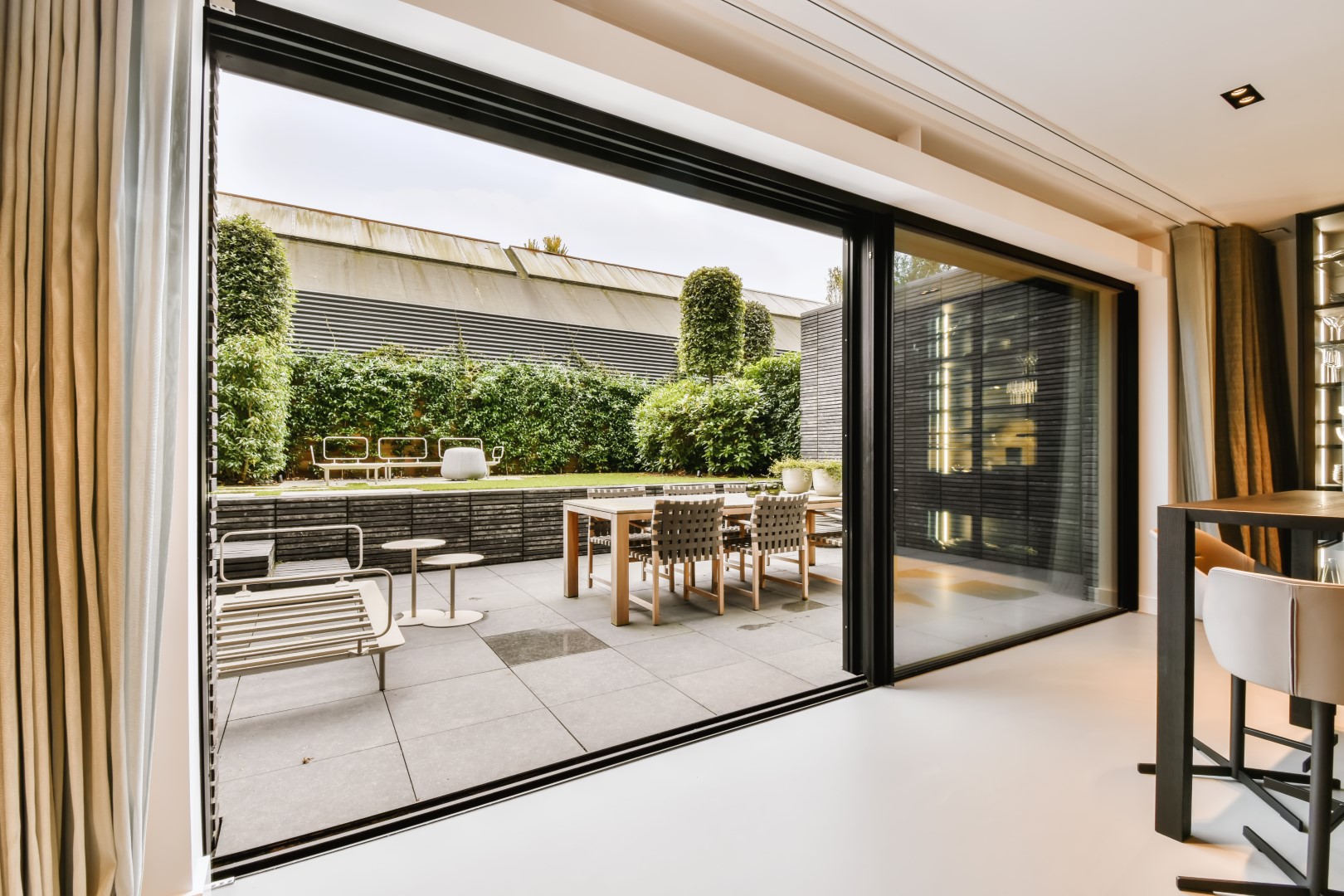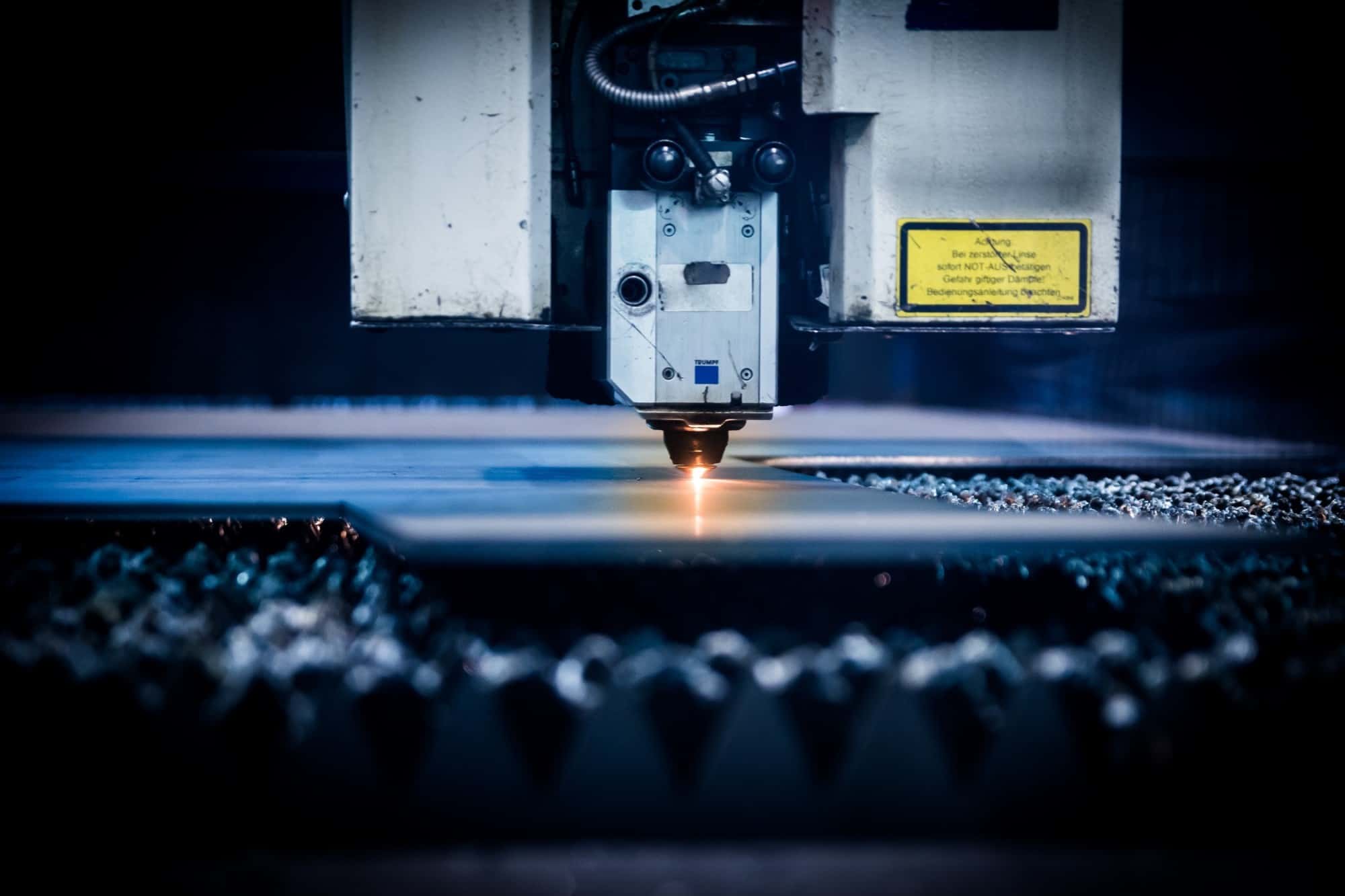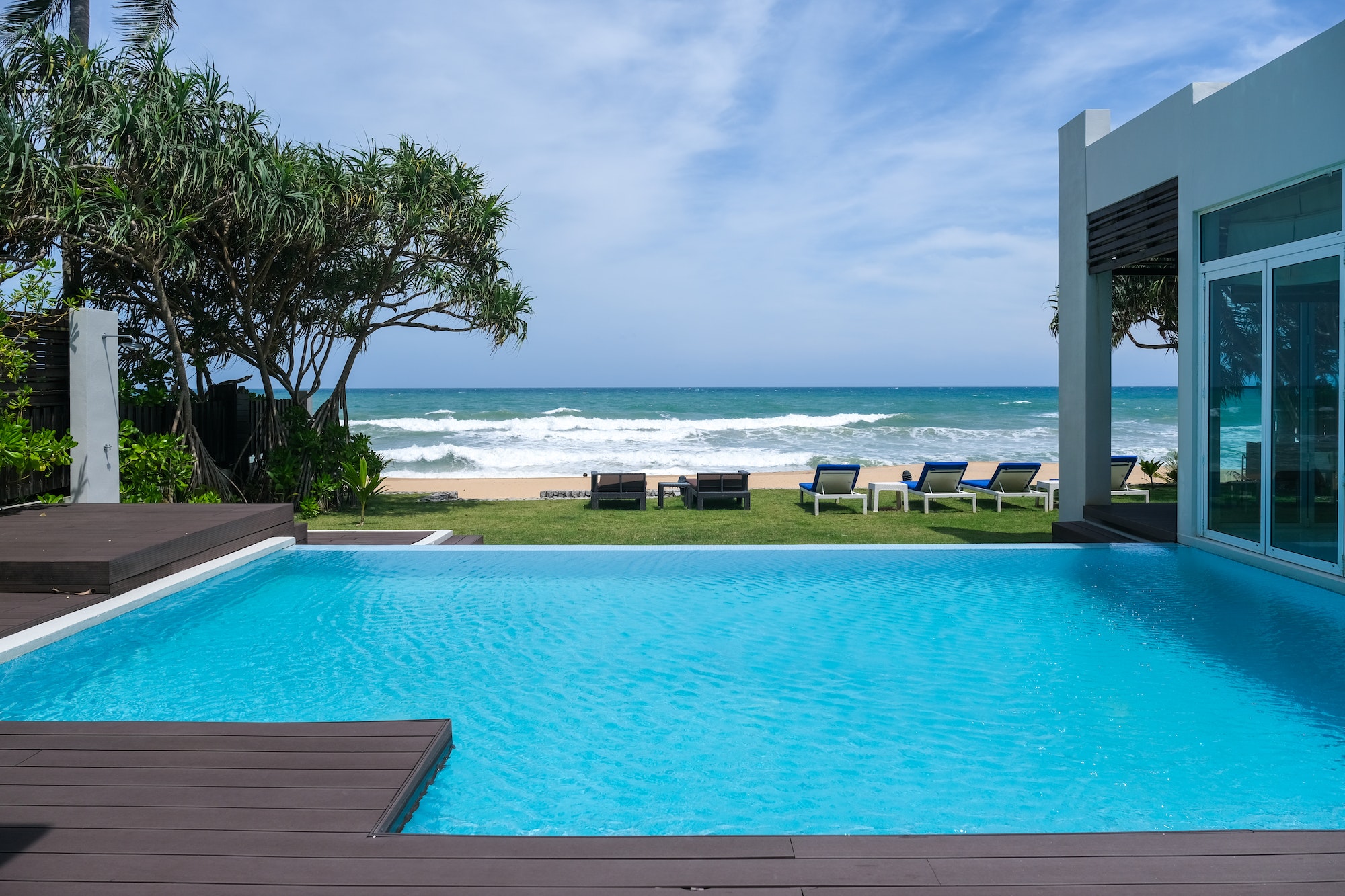For many, purchasing a home is a significant financial commitment that continues as long as they possess it. Some individuals opt to construct a home from the ground up rather than buy an existing one, primarily due to the increased control over the building costs. However, designing and constructing a cost-efficient home can be quite challenging.
The degree of control you have over expenses and other aspects of constructing a new house hinges on your planning skills. Effective planning results from thorough research and allocating sufficient time to the decision-making procedures that guide the construction project. If you fail to make economical and flexible choices from the beginning, your aim of minimizing costs may not be realized.
Sufficient Insulation
Energy-efficient homes invariably have ample insulation. Insulation is the barrier preventing the external temperature from infiltrating your home, maintaining the internal temperature. It’s clear that having effective insulation is a key element for energy-efficient homes.
Correct insulation services in your walls and attic are necessary when constructing an energy-efficient house. If it’s not already present, this can be accomplished by blowing insulation into wall cavities. Insulating your attic is akin to donning a hat during winter; it prevents heat from dissipating from the top.
You might also consider implementing a continuous insulation system like a house wrap. This offers a shield against air and moisture that could potentially seep in or out through any gaps in conventional siding, crevices in doors and windows, and other minor openings.
Removing the Thermal Bridges
Every disruption in the layer of thermal insulation results in heat dissipation and temperature changes. Thermal bridges can be either geometric, situated at the building corners leading to a surface disparity between the interior and exterior. This could foster condensation and mold growth, or structural issues, like balconies that interfere with the overall thermal insulation, enabling the dispersion of stored heat outside. Remove these bridges to reduce energy expenditure for heating, typically achieved by constructing separate terraces.
Optimize Orientation
Position your home in a way that it leverages solar energy, reducing direct sunlight exposure during summer while increasing it during winter, to optimize your heating and cooling expenses.Strategically align your dwelling spaces to face the south direction, enabling you to reap the perks of daylight throughout the day. It would be beneficial if your kitchen is oriented towards the east to soak up the morning sun. Meanwhile, bedrooms and other similar areas can be north-facing as these spaces don’t require excessive natural light.
Use Solar Panels
Solar panel tax credits will be available regardless of where you are in the U.S. These tax credits make the panels self-financing, enabling them to gather and reserve power for your home. A typical residence equipped with one or two solar panels can produce sufficient electricity to operate entirely off-grid, even in areas with moderate cloud cover. Compact solar panels, similar in size to roof shingles, can be effortlessly integrated with your existing roof tiles. This creates a subtle, yet highly productive solar-powered roof.
Window Frames, Shading, and Glazing
Intelligent window design and exterior shading can ensure your home remains well-lit and cozy throughout the year. Double glazing, which has now become more affordable, can minimize heat loss from your house and curb heat influx through your windows during summer.
Energy-efficient windows can cut down heat escape via the window by as much as 50 percent compared to a single glazed window. Low-E glass is another favored choice that offers advantages over traditional single clear glazing without necessitating the expense of double glazing in some situations.
Endnote
Affordable home design can be as charming and classy as the exquisite homes showcased in magazines and editorials. By applying the cost-saving guidelines mentioned earlier, you can achieve a stylish and splendid home design that is also highly economical.
Discover more from Futurist Architecture
Subscribe to get the latest posts sent to your email.



![modern apartment [article_title]](https://www.futuristarchitecture.com/wp-content/uploads/2025/03/10-Ingenious-Tricks-to-Time-Travel-With-Convertible-Beds-900x600.jpg)